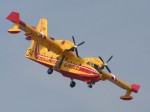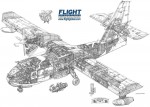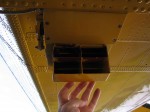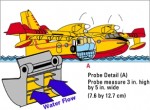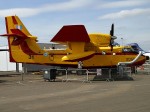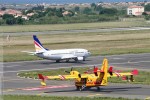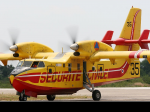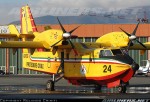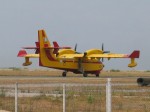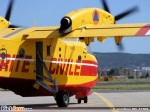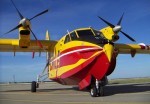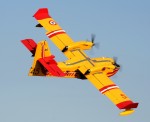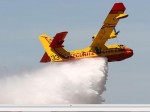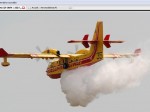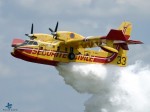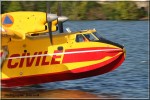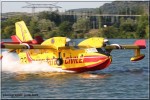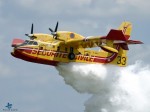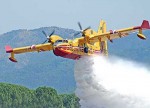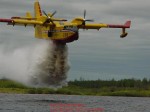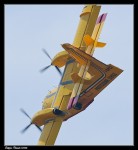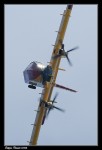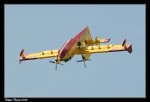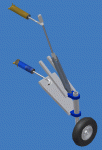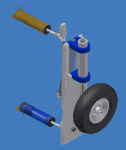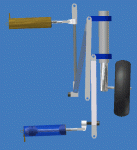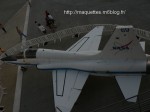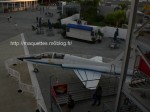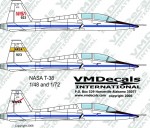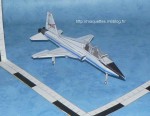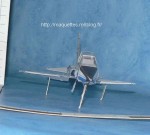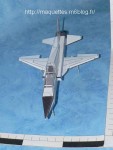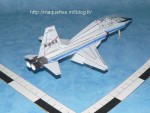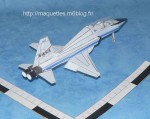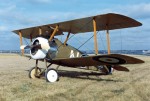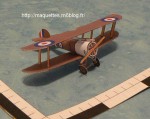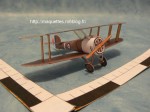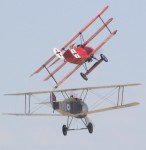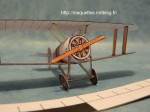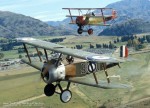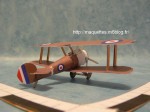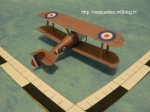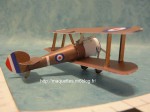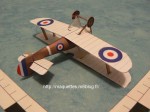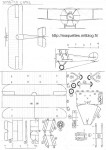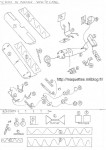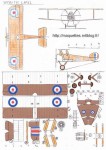Avion d'entraînement T-38 TALON construit par la firme américaine NORTHROP !
Training Plane T-38 TALON builds by the American firm NORTHROP!
Cet appareil est dans la catégorie avions civils, car il porte sur le côté une immatriculation civile et qu'il appartient à la NASA , l'agence spatiale civile américaine, qui utilise ces T-38 pour l'entraînement de ces astronautes et en temps que chasseur d'accompagnement de la navette spatiale durant sa phase d'atterrissage , au retour des missions !
This device is in the category civil planes, because it concerns the side a civil registration and because it is up to the NASA, the American civil space agency, which uses these T-38 for the training of these astronauts and as accompaniment plane of the space shuttle during its phase of landing, on the return to the missions!

Il sert également à accompagner les prototypes de la NASA, durant leurs vols d'essais !
Le T-38 (biplace) à servi ensuite à la conception du chasseur léger économique monoplace F-5A, puis F-5E et enfin F-20 Tigershark dans les années 90 ! Il faut que le F-5 a ensuite été dériver en version biplace F-5B !
It also serves for accompanying the prototypes of the NASA, during their trial flights!
(Two-seater) T-38 in been of use then to the conception of the light economic single fighter F-5A, then F-5E and finally F-20 Tigershark in the 90s! F-5 has then to be to derive in two-seater version F-5B!
pour plus d'informations sur le T-38, cliquer sur le lien suivant / For more information on T-38, click the following link : http://avions.legendaires.free.fr/t38.php
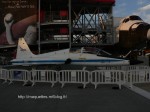 T-38 exposé au Kennedy Space Center en Floride T-38 exposed to the Kennedy Space Center in Florida |
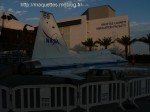 photos prises moi-même Taken photos myself
|
|
|
|
|
|
|
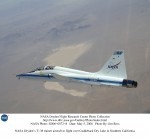 T-38 en vol |
|
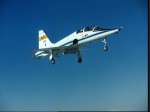 T-38 à l'atterrissage |
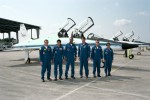 des astronautes américains posent devant leur appareil d'entraînement !
|
 T-38 à la maintenance |
|
Pour télécharger le plan 3 vues, des pièces et des renforts du T-38 Talon de la NASA en pdf au 1/66 /
To download the plan 3 sights, pieces and reinforcements of T-38 Talon of the NASA pdf in 1/66,
CLIQUER ICI Maquette construite le 31 mars 2009 /
Model built on March 31st, 2009!!
|
|
|
|
|
|
|
|
|
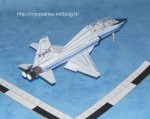 volets d'atterrissage baissés |
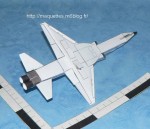 train rentré |
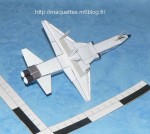 train sorti |
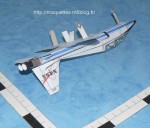 train sorti |
Pour les consignes de construction et schéma de montage, vous pouvez vous reporter à la fiche du / For the orders of construction and installation diagram, you can refer to the index card of F-5 tiger II

